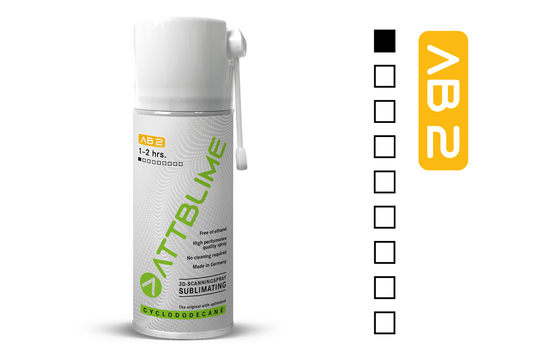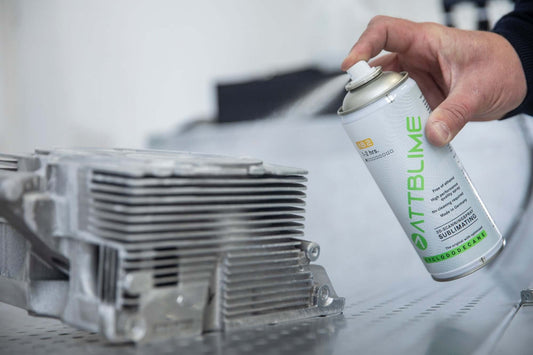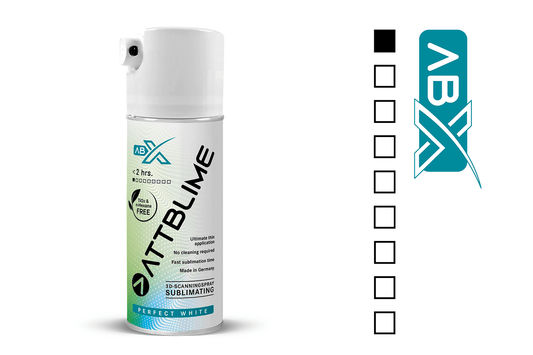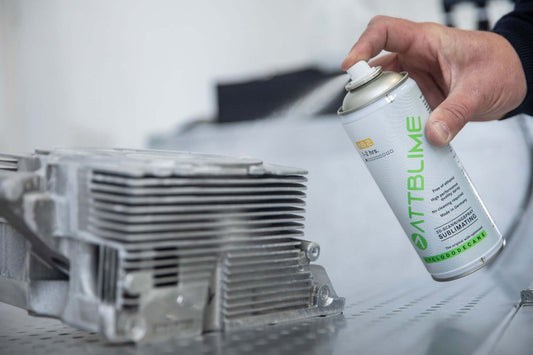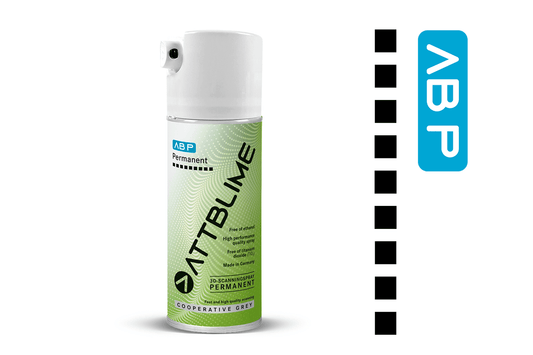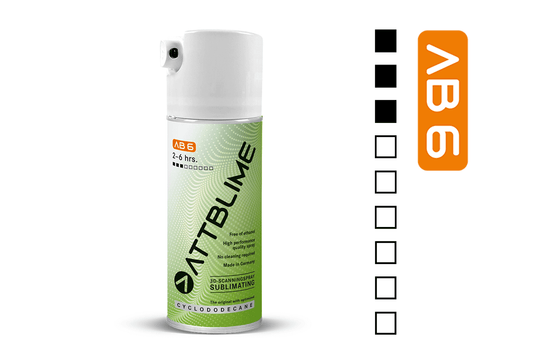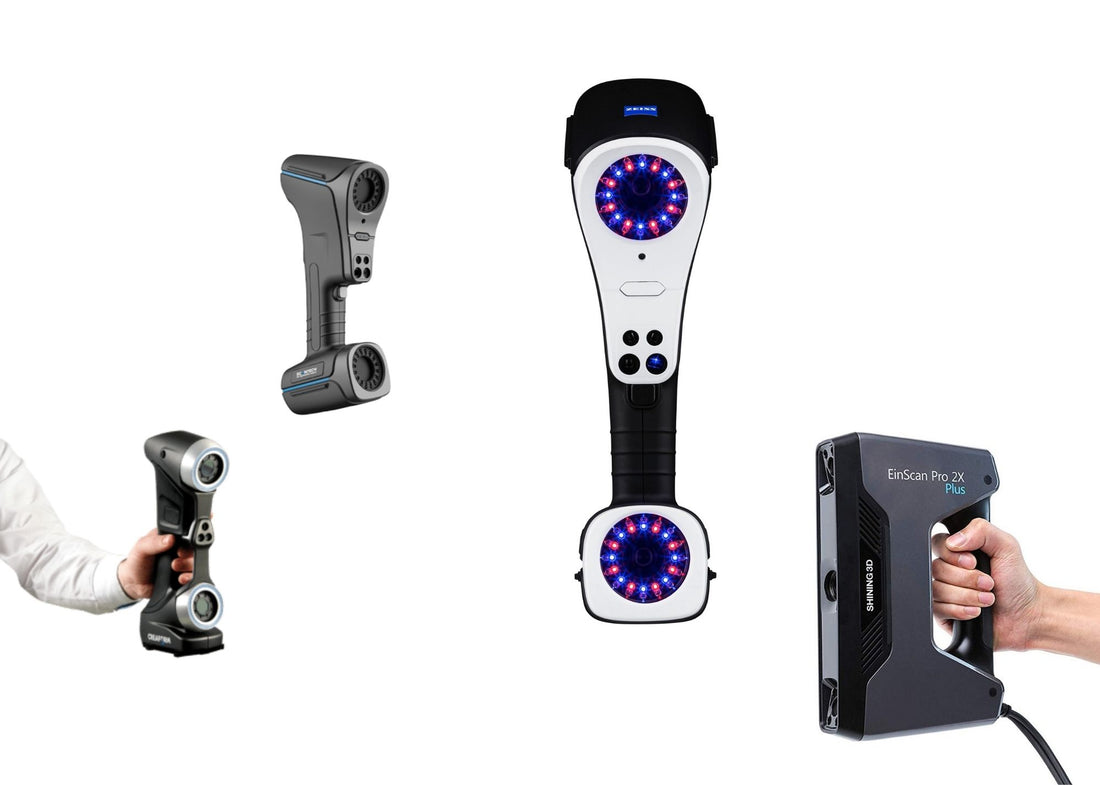
How to choose a 3D scanner?
Share
Choosing the right 3D scanner can be a daunting task, especially with so many options available in the market. Each type of scanner has its own advantages and limitations, and it's essential to select the one that best fits your needs. In this article, we will discuss the pros and cons of different types of 3D scanners, ranging from structured-light to CT scanners, to help you make an informed decision.
Decision criteria to evaluate before buying a 3D scanner
- Accuracy
- Resolution
- Scanning speed
- Ease of use
- Compatibility with other software and hardware
- Size and weight of the scanner
- Available accessories
- Maintenance and support options
- Cost
- Brand innovation
We are providing a comparison table of each scanner's features, highlighting their strengths and weaknesses, so that you can choose the right 3D scanner for your project or application.
| 3D Scanner Type | Pros | Cons |
|---|---|---|
| Structured-Light 3D Scanners | High accuracy and resolution, good for small and intricate objects, fast scanning time | Limited range, affected by external lighting conditions, difficult to use with reflective or transparent objects |
| Laser-based 3D Scanners | Large scanning range, good for scanning complex shapes and surfaces, high accuracy | Expensive, can be difficult to use with transparent or reflective objects, may require special safety precautions |
| Photogrammetry-based 3D Scanners | Low cost, non-contact, good for large objects, can capture color information | Affected by external lighting conditions, may require multiple images to capture full object, limited accuracy and resolution |
| CT Scanners | Can capture internal structure of objects, high accuracy and resolution, good for medical and scientific applications | Expensive, limited scanning range, can be dangerous due to ionizing radiation |
| Time-of-Flight 3D Scanners | Non-contact, can capture large objects, good for outdoor scanning, relatively low cost | Limited accuracy and resolution, affected by ambient lighting and external conditions, not suitable for small or intricate objects |
It is important to note that these are general pros and cons and may vary depending on the specific make and model of the scanner. It's also important to consider the specific needs of the application when choosing a 3D scanner. We also built a table grading each scanner type according to typical decision criteria of metrology equipment:
| 3D Scanner Type | Accuracy | Rapidity of Measurement | Ease of Use | Automation Options | Price |
|---|---|---|---|---|---|
| Structured-Light 3D Scanners | A | A- | B+ | B+ | B+ |
| Laser-based 3D Scanners | A- | B+ | B | B | C |
| Photogrammetry-based 3D Scanners | B- | C | A- | A- | A |
| CT Scanners | A+ | C- | B- | B- | D |
| Time-of-Flight 3D Scanners | C | B | A | A | B+ |
The grading is based on a scale from A to D, with A being the highest and D being the lowest. Accuracy refers to the scanner's ability to measure and reproduce the exact dimensions of an object. Rapidity of measurement refers to how quickly the scanner can capture data. Ease of use refers to the overall user-friendliness of the scanner, including factors like software interface and calibration. Automation options refer to the ability to integrate the scanner into an automated production process. Price refers to the overall cost of the scanner, including initial purchase and ongoing maintenance. It's important to note that these grades are subjective and may vary depending on the specific make and model of the scanner, as well as the specific needs of the application.

